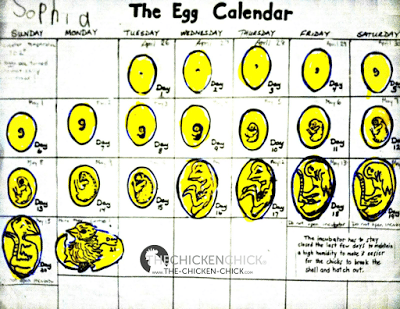

Roost SpaceĬhickens like to roost, and roosts add space to your existing barn or coop.
Tiny chicken math how to#
When you’re deciding how to build a chicken coop, knowing how many birds you want in a flock will help determine the size of your coop. The University of New Hampshire recommends two square feet per broiler bird if you’re growing meat birds.
Tiny chicken math manual#
The Merck Veterinary Manual suggests a whopping three feet squared per hen, so somewhere between those two numbers is likely best. An adult hen should have at least one and a half square feet of space according to Penn State Extension Service. Floor Spaceįloor space per bird is a debated topic these days, and the answer is dependent on who you ask. It’s okay to run a hobby flock, but if you want your flock to at least pay for its self or turn a buck, then understanding some basic business chicken math will help and guide you along your journey. Then there is the financial side of a flock. This is the math behind the basic operation of a happy flock. Things like square floor space, linear feeder space, birds per nest box and how many birds a single water nipple can serve all represent important physical chicken math.

If you’re looking to start a flock that may even (gasp) turn a profit for a small farm or youth project, then this article should serve you well. For those of us who want to expand our home flock enough to feed more than just ourselves, there’s some vital chicken math to calculate. In this video he explains why he is so passionate about poultry.Chicken math is more than counting your eggs before they hatch. Batamaka Somé, an anthropologist from Burkina Faso who has worked with our foundation, has spent much of his career studying the economic impact of raising chickens in his home country. Read more about women and chickens in Melinda’s blog post.ĭr.

Women who sell chickens are likely to reinvest the profits in their families. Because chickens are small and typically stay close to home, many cultures regard them as a woman’s animal, in contrast to larger livestock like goats or cows. But if a farmer’s flock is big enough to give her extra eggs, or if she ends up with a few broken ones, she may decide to cook them for her family. Although eating more eggs-which are rich in protein and other nutrients-can help fight malnutrition, many farmers with small flocks find that it’s more economical to let the eggs hatch, sell the chicks, and use the money to buy nutritious food. Malnutrition kills more than 3.1 million children a year. Eventually, with a sale price of $5 per chicken-which is typical in West Africa-she can earn more than $1,000 a year, versus the extreme-poverty line of about $700 a year. After three months, she can have a flock of 40 chicks. One of her neighbors owns a rooster to fertilize the hens’ eggs. Suppose a new farmer starts with five hens. The one that prevents the deadly Newcastle disease costs less than 20 cents. Hens need some kind of shelter where they can nest, and as your flock grows, you might want some wood and wire to make a coop. Many breeds can eat whatever they find on the ground (although it’s better if you can feed them, because they’ll grow faster). They are easy and inexpensive to take care of.In fact, if I were in their shoes, that’s what I would do-I would raise chickens. (As a city boy from Seattle, I had a lot to learn!) It’s pretty clear to me that just about anyone who’s living in extreme poverty is better off if they have chickens. But through my work with the foundation, I’ve met many people in poor countries who raise chickens, and I have learned a lot about the ins and outs of owning these birds. There’s no single right answer, of course, and poverty looks different in different places. That’s a real question for the nearly 1 billion people living in extreme poverty today. If you were living on $2 a day, what would you do to improve your life?


 0 kommentar(er)
0 kommentar(er)
